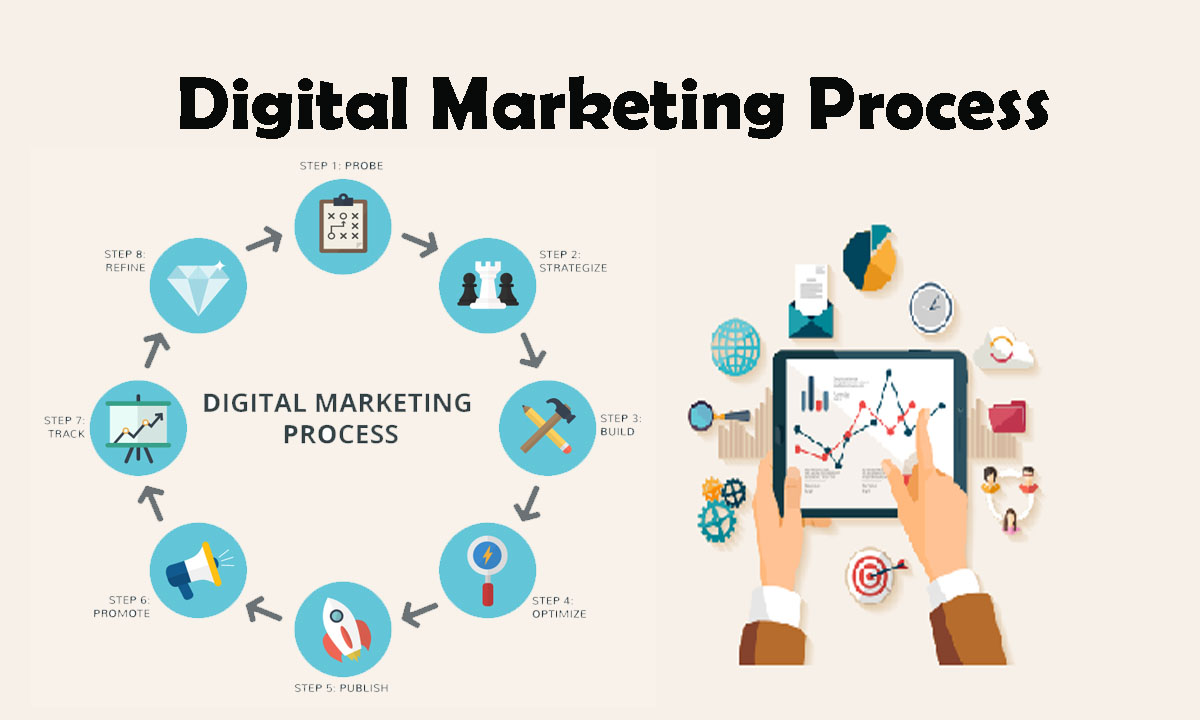Website redesign is inevitable. As time passes, the existing site loses relevance and fails to keep pace with the latest trends in the market. Plus, UI/UX features evolve rapidly necessitating website design to keep the customers in trust. Website redesign however can cause worries if you have solid rankings and great traffic.

Since SEO hold great value for any website, it’s quite obvious you took website redesign seriously and achieved your goals easily. But yes, mistakes do happen when sites are updated or redesigned which can cost dear if not managed well. So, be cautious with site redesign and continue to enjoy rankings and traffic as the old site has been having.
Here are some great tips to avoid SEO disaster during a website redesign –
1. Crawl the website
If you’re planning a redesign or about to apply any changes, make sure you crawl the site to keep the structure, URLs and metadata of the site. All this information will help once the new website when it’s up and ready to go. There are some good tools, like Screaming Frog, to have those type of reports and then export them to spreadsheets for evaluation and analysis purpose. And yes, have a proper plan in place for redesigning to avoid mistakes.
2. Perform an audit
By performing an audit, you can easily know about web pages or parts of the site that are doing great and that need changes. You can use Google Analytics tool and clearly get the rankings of pages on the search engines. The tool is also helpful in getting insights into visits on your site from search engines. After you’re done with the site audit, it will leave you with enough information to devise right strategies for site resign.
3. Inbound link analysis
Before site redesign, do an inbound link analysis and evaluate the real health of your site. Such links – pointing back to your site from other sites – are the foundation of better SEO performance. So, losing inbound links might prove catastrophic for your site’s search engine performance. The focus should be on having all the inbound links work perfectly after site redesign so that your SEO performance is always up to the mark.
4. 301 redirects
Maintaining the same URL structure can be quite convenient for site owners and this is always not possible as changes become necessary. So, if you’re going to have new URLs, then implement 301 redirect with them and make visitors land in the right place. Any mistake on this front can affect traffic from inbound links and ruin all the hard work you may have done with the SEO.
5. Create a new sitemap
301 is never enough for Google indexing and the earlier you know this the better. That’s why creating a new sitemap can help. You should also try to update the existing one so that search engines can easily find the new URLs. So, crawl the site once again once the resign is done and match both the crawling to be sure that all the URLs are indexed and ranked properly.
6. Take a backup of everything
With a backup of the old site, you can approach site resign with confidence and also avoid any mistakes along the way. The backup will ensure all your old files and databases are safe and away from the harm. You can thus replace the old files and publish the new website as and when redesign is done. If you want to keep the risks with site redesign to low level possible, contact a top digital marketing agency India for the job.


















